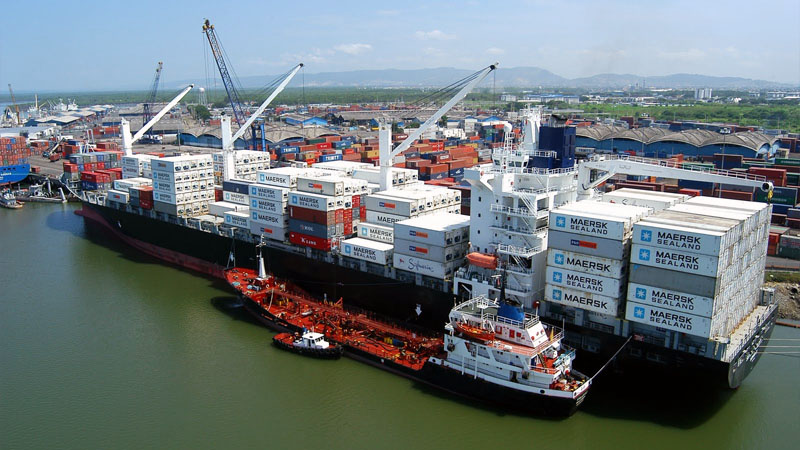Exclusive content

Ecuador’s shrimp industry faced mild turbulence in the third quarter of 2024. Despite a robust start to the year, exports experienced a modest 3% year-on-year downturn, with total volumes stabilizing at levels akin to those observed in 2023. This decline follows a record-breaking second quarter, where exports approached 350,000 tons—an impressive 11% increase from the previous year. However, the third quarter’s performance fell short, totaling just under 300,000 tons.
Market Fluctuations and Year-on-Year Changes
While August 2024 brought a promising 6% uptick in exports, the subsequent month saw an 11% decline, largely attributed to decreasing shipments to critical markets such as China and the United States. Exports to China contracted by 7%, whereas the United States saw a notable 19% drop. This decline in traditional markets poses challenges, yet Ecuadorian exporters demonstrate resilience through an aggressive diversification strategy.
Ecuador’s strategy to tap into new markets is bearing fruit. Exports to the European Union surged by 8%, while countries like Russia, Japan, and Taiwan recorded astonishing increases exceeding 100%. This diversification has notably changed the landscape of Ecuador’s shrimp trade; the proportion of exports to China decreased from 56% in 2023 to 53% in 2024, with the United States share following suit from 19% to 16%. In contrast, the EU’s share of Ecuadorian shrimp exports rose from 17% to 19%, with other regions experiencing a collective increase from 8% to 12%.
Price Trends and Market Responses
In tandem with volume fluctuations, export prices exhibit a stabilizing trend, especially in high-value markets. Average prices to China have held firm at approximately USD 4.50 per kilogram. In the United States, prices reached a peak of USD 6.35 in August, then slightly corrected to USD 6.18 in September. Spain, Ecuador’s largest EU market, also witnessed a gradual increase, with prices rising from USD 4.58 in January to USD 4.75 by September.
These price movements reflect Ecuador’s adeptness in responding to market dynamics, allowing for stable revenue streams despite the volume dip. The country’s proactive push for market diversification is poised to reinforce its standings within the global shrimp industry, particularly as consumer demand for sustainable and high-quality seafood continues to escalate.